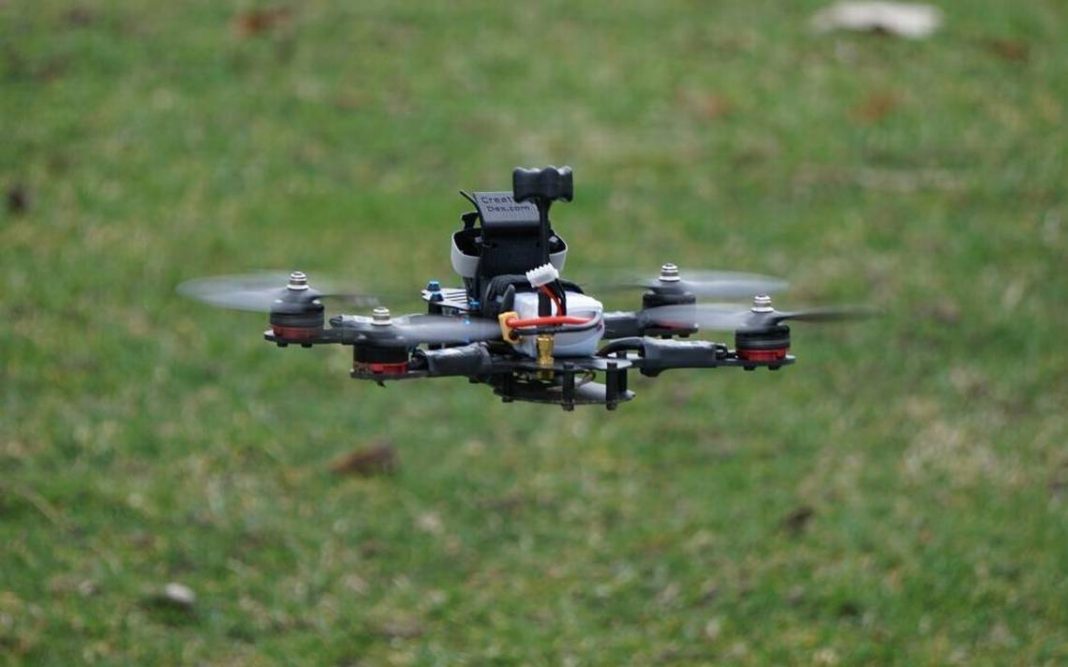When we most need to call for help, during a natural disaster or a building collapse, our cell phones are least likely to help us. That’s because the local signal towers, the ones that make mobile phone calls possible, can often be damaged in the same storm or accident we need rescuing from. Nothing is scarier than being hurt or in danger with no means of calling for aid.
It’s for this reason that a research team out of the University of North Texas has been developing a mobile cell base station that can be carried by a drone and flown into disaster areas to restore cell service for those in need of an emergency response.
“The system we developed at UNT through public, private, and government partnerships, is a deployable communication system,” says Kamesh Namuduri, an associate professor in the Department of Electrical Engineering at the University. “It is a flying cell tower, meaning a drone carrying the cellular base station as a payload. The system is portable enough to be carried by a drone and flown to any location, and then providing cellular service the instant it is deployed.”
At a recent demonstration, the project team proved the feasibility of such a device. While at about 400 hundred feet, and with only 250 milliwatts of transmitting power, the flying station provided a coverage area of two kilometers. Hoping to one day fly with a 10-watt transmitter, the developers predict such a device could cover a city of 100,000 people or more.
Although the field test showed it is possible for this drone guided mobile cell station to operate, more development is needed to make it practical, affordable, and fit the needs of emergency personnel.
Namuduri explains: “What we demonstrated is just the beginning. The technology needs to mature before it can be rolled out in the real world. For example, small drones cannot fly longer than an hour without battery replacement, while larger drones are too expensive. The communication systems need to be more efficient so that the quality of service is reliable and dependable enough to carry out relief operations. We also need to develop IoT services around the technology to enable the first responders to share situational awareness information among themselves.”
More News to Read











